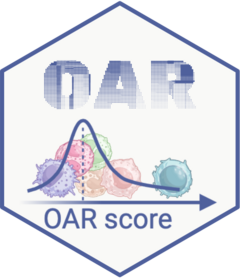
Help shape research software support services at Hopkins!
The Open Source Programs Office at JHU is working to create a research software support network connecting research software engineers and researchers who develop software with essential support services across […]




